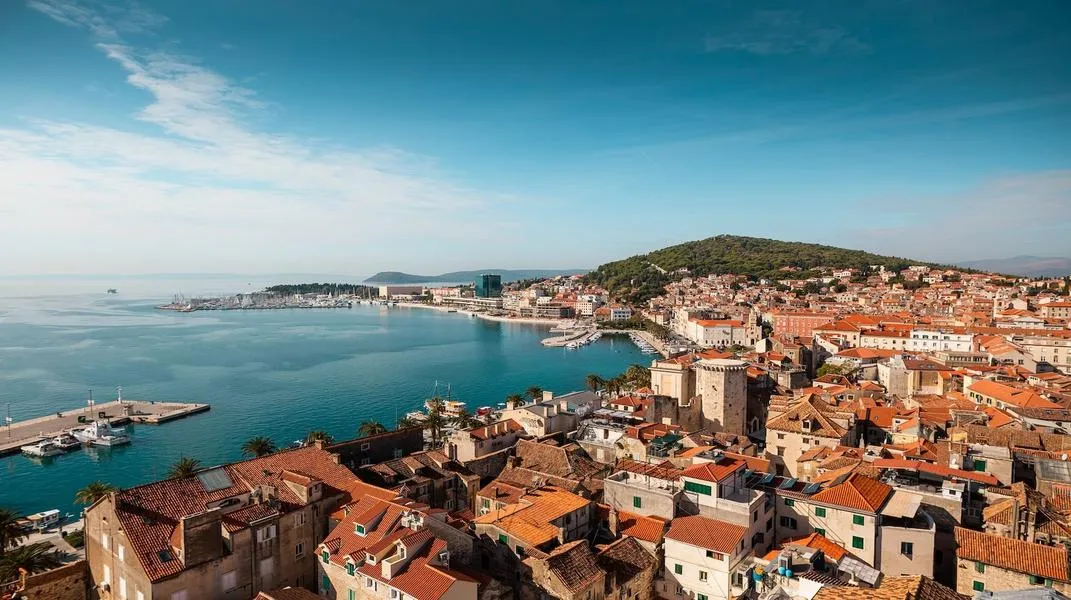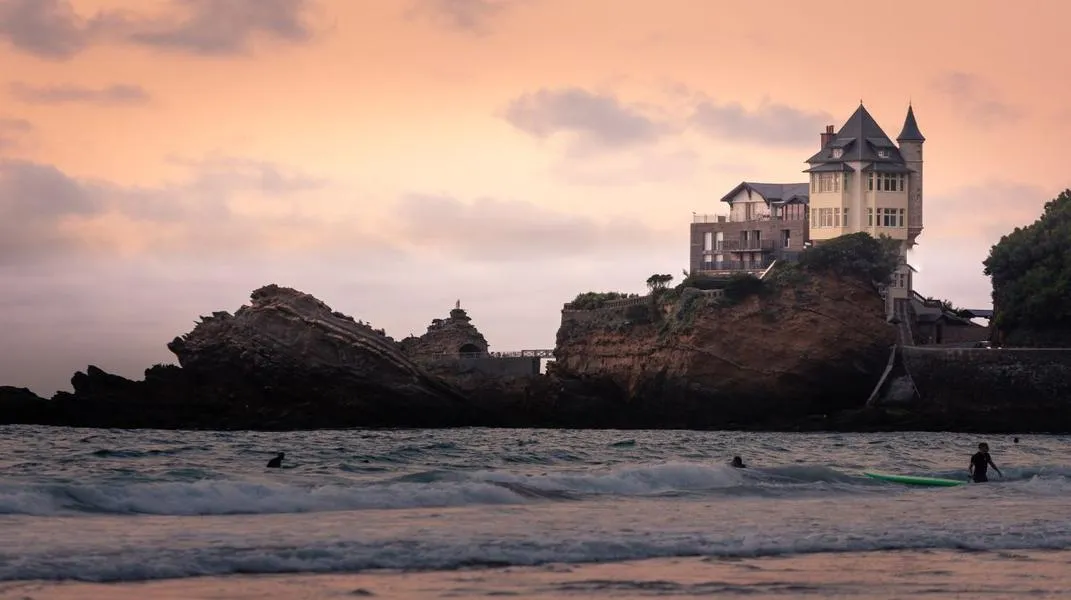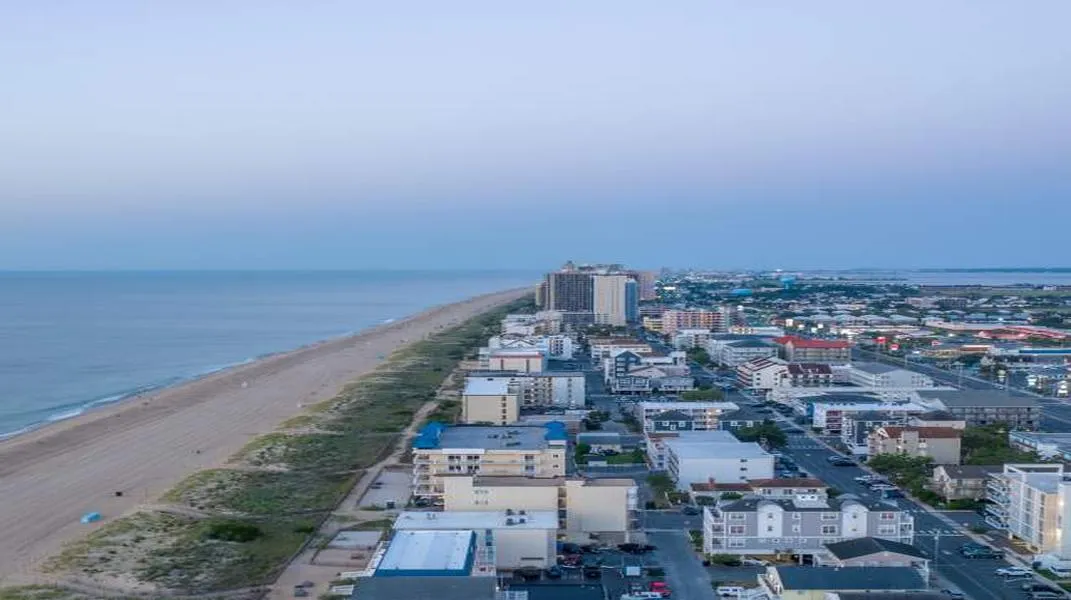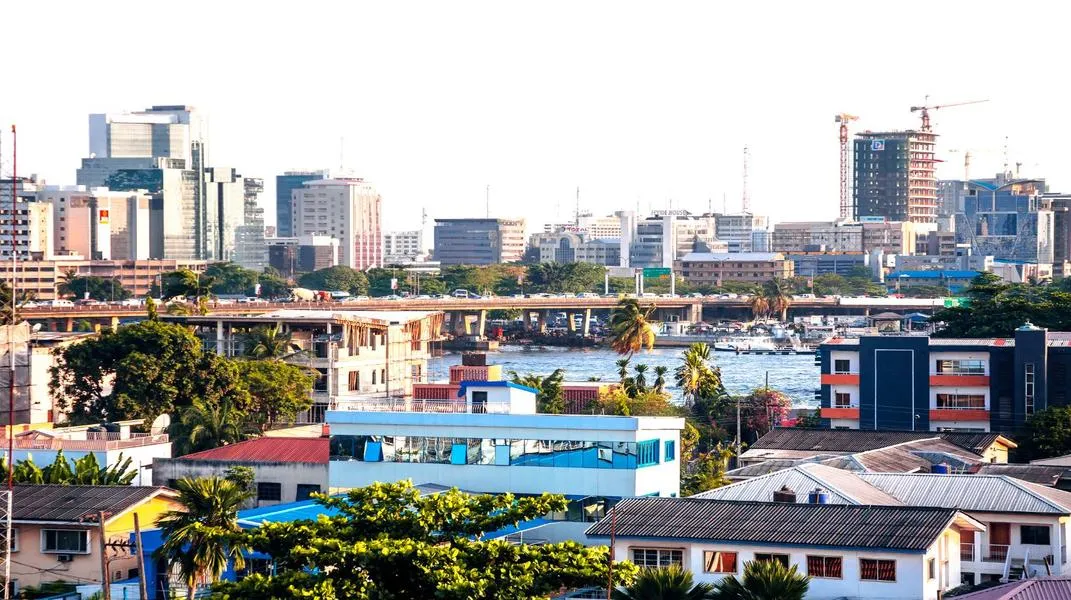Discovering Split: The Jewel of the Dalmatian Coast
Nestled along the azure waters of the Adriatic Sea, Split is a vibrant city rich in history, culture, and stunning landscapes. Known as the gateway to the Dalmatian Coast, Split is the second-largest city in Croatia and offers an enchanting blend of ancient Roman architecture, modern amenities, and breathtaking natural beauty. This article will explore the many facets of Split, making it an irresistible destination for travelers. Additionally, we will provide a comprehensive guide on the materials and preparations you need for an unforgettable visit.

A Historical Overview
Split’s history dates back to the Roman Empire when it was founded as the site of the palace of Emperor Diocletian in the 4th century AD. The Diocletian's Palace, a UNESCO World Heritage site, stands as a testament to the architectural prowess of the Romans. This remarkable structure was not just a palace but a fortified town, encompassing temples, residential buildings, and public spaces. As you wander through its ancient walls, you’ll encounter a blend of classical Roman, medieval, and modern influences that shape the city’s character.
The palace has been at the heart of Split for nearly 1,700 years, and today, it serves as a living part of the city, bustling with shops, cafes, and residences. The vibrant atmosphere of the palace is complemented by the nearby Riva, a lovely waterfront promenade ideal for leisurely strolls and people-watching.
Attractions in Split
1. Diocletian's Palace
No visit to Split is complete without exploring Diocletian's Palace. Enter through the Iron Gate and step into a world where history comes alive. The palace is divided into several key areas:
- Peristyle: The central square of the palace, flanked by stunning columns and adorned with statues. It often serves as a stage for various performances.
- Temple of Jupiter: Dedicated to the Roman god, this temple features an impressive Romanesque bell tower, offering panoramic views of the city.
- Cellars: The well-preserved cellars of the palace provide a fascinating glimpse into its past and are now home to various exhibitions and shops.
2. St. Domnius Cathedral
Adjacent to the palace, St. Domnius Cathedral is one of the oldest in Croatia, originally built as a mausoleum for Diocletian himself. Climb the bell tower for spectacular views of the city and the surrounding Dalmatian islands.
3. The Riva
The Riva is the heart of Split’s social life, lined with palm trees, cafes, and restaurants. It’s the perfect place to relax, enjoy a coffee, and watch the world go by. In the evening, the atmosphere becomes even more magical, with vibrant nightlife and local musicians playing.
4. Marjan Hill
Just a short stroll from the city center, Marjan Hill offers a scenic escape from the hustle and bustle of urban life. With its lush pine forests, winding paths, and stunning views of the Adriatic Sea, it’s a great spot for hiking, jogging, or simply enjoying a picnic. Don’t miss the tiny churches scattered throughout the hill, such as St. Nicholas and St. Jerome.
5. Beaches
Split boasts several beautiful beaches, perfect for sunbathing and swimming. Bacvice Beach, known for its shallow waters and vibrant beach bars, is a popular choice among locals and tourists alike. For a quieter experience, head to Znjan Beach, with its stunning backdrop of the surrounding mountains.
6. Local Markets
For a taste of authentic Croatian culture, visit Split's local markets. The Green Market (Pazar) near the palace is a bustling hub where you can find fresh produce, local delicacies, and handmade crafts. It’s an excellent place to sample local cheese, olives, and cured meats.
Preparing for Your Visit to Split
To make the most of your trip to Split, proper preparation is essential. Here’s a comprehensive list of materials and tips to help you enjoy your visit.
1. Travel Documents
- Passport: Ensure your passport is valid for at least six months beyond your planned departure date.
- Visa: Check if you require a visa to enter Croatia. Many travelers from the EU, the USA, Canada, and Australia can enter visa-free for short stays.
2. Currency and Payment
- Currency: The currency in Croatia is the Croatian Kuna (HRK). While credit and debit cards are widely accepted, it’s wise to carry some cash for smaller establishments or markets.
- ATM Access: ATMs are readily available throughout the city, making it easy to withdraw cash as needed.
3. Transportation
- Airport Transfers: Split Airport (SPU) is approximately 25 km from the city center. Consider arranging a shuttle service or taxi in advance.
- Public Transport: Split has a reliable public transport system, including buses and ferries. A city map or transport app can help you navigate.
- Bike Rentals: Split is bike-friendly, and renting a bicycle is an enjoyable way to explore the city and its surroundings.
4. Accommodation
- Bookings: Popular areas to stay include the Old Town for a historical experience, the Riva for waterfront views, or Marjan Hill for a more tranquil setting. Book your accommodation in advance, especially during the peak tourist season (June to August).
5. Clothing and Gear
- Weather: Split has a Mediterranean climate, with hot summers and mild winters. Light clothing is suitable for summer, while a light jacket might be needed in spring and fall.
- Comfortable Footwear: The city is best explored on foot. Wear comfortable shoes to navigate the cobblestone streets and hilly terrain.
- Beach Gear: If you plan to visit the beaches, don’t forget your swimwear, sunscreen, and a beach towel.
6. Itinerary Planning
- Guided Tours: Consider booking guided tours for specific attractions such as Diocletian’s Palace or Marjan Hill. Local guides can provide valuable insights and enhance your experience.
- Day Trips: If time permits, explore nearby islands like Hvar or Brač, known for their stunning beaches and charming towns. Ferries operate regularly from Split to these islands.
7. Health and Safety
- Travel Insurance: It’s advisable to purchase travel insurance that covers health, travel delays, and lost belongings.
- Emergency Numbers: Familiarize yourself with local emergency numbers, such as 112 for general emergencies.
8. Language
- Basic Croatian Phrases: While many locals speak English, learning a few phrases in Croatian can enhance your interaction with residents. Simple greetings like "Dobar dan" (Good day) and "Hvala" (Thank you) go a long way.
Conclusion
Split is a captivating city that offers travelers a unique blend of history, culture, and natural beauty. From the majestic Diocletian's Palace to the stunning views from Marjan Hill, every corner of Split beckons exploration. By preparing adequately and immersing yourself in the local culture, you can create cherished memories that will last a lifetime. Whether you’re a history buff, a beach lover, or a foodie, Split has something to offer everyone. So pack your bags, grab your camera, and get ready to experience the magic of this Dalmatian gem!




